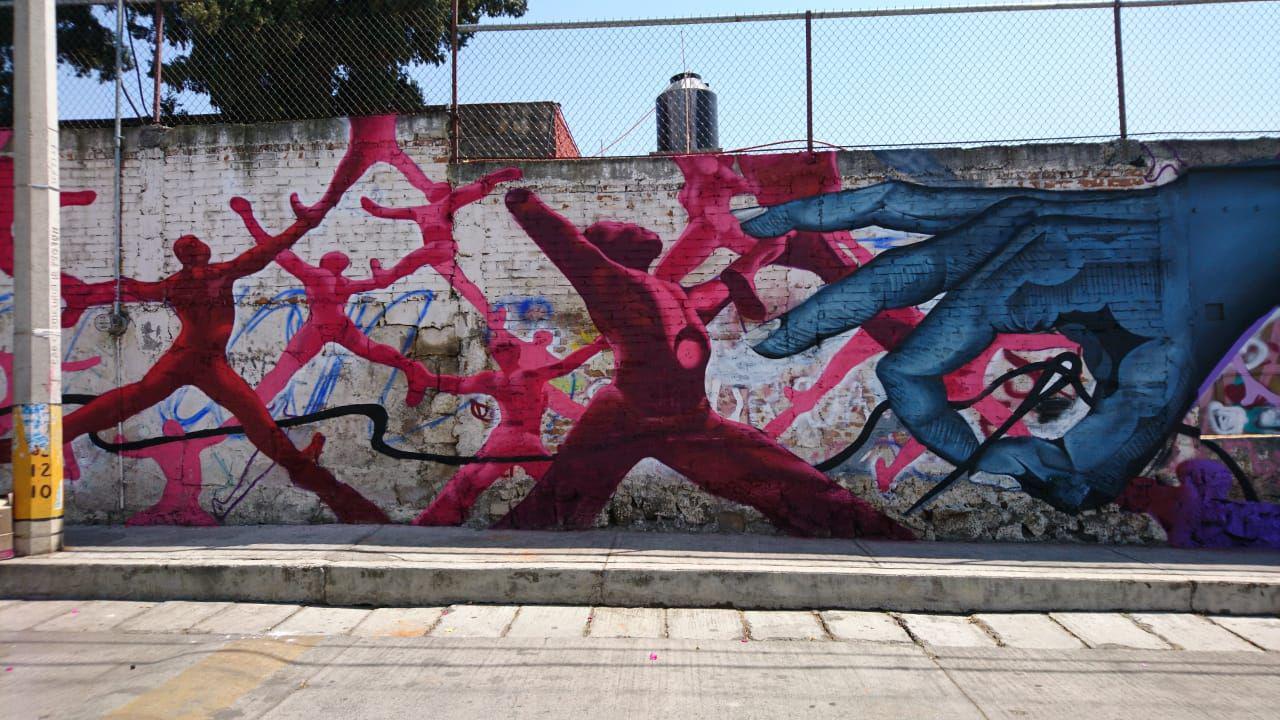
Murals have had an important role in telling the history of Mexico. Created by world-renowned artists such as Diego Rivera, Diego Alfaro Siqueiros and José Clemente Orozco, the murals that grace Mexico’s majestic venues and museums document the country’s triumphant victories and bitter defeats, as well as the desires and achievements of its people.
Today, one thing the Mexican people desire is prompt justice and effective conflict mediation within their communities.
People in Mexico can find themselves being an object of conflict, which varies from a domestic dispute, to a more larger disagreement over land or property, as well as the daily minor crimes like theft and robbery which affects many citizens, therefore alternative conflict mechanism become a formula to promote restorative justice or reparatory of the damage, in which the punishment can be replaced by the acceptance of the responsibility and the desire to adhere to a method for a peaceful solution for all parties involved. Alternative conflict resolution mechanisms (MASC) and restorative justice in Mexico’s new penal criminal code represent a paradigm shift. On June 18, 2016, President Enrique Pena Nieto, hailed the completion of Mexico’s nationwide implementation of the new Penal Justice System (NSJP) based on the last justice reform bill passed in 2008, which wisely included alternative justice mechanisms to help citizens resolve differences outside of court. However, like many changes, they have been met with some resistance and many Mexicans feel that access to justice is still too complicated and expensive.
Communication between the government and the public is critical to building citizen trust in a new system of handling justice in Mexico. Moreover, building citizens’ trust in the justice system will require more than handing out flyers and pamphlets on the importance of restorative justice—you need a little creativity. You must meet people where they are and communicate in familiar ways.
That’s why the International Republican Institute (IRI) sought a nontraditional way to communicate the benefits of the MASC and restorative justice in the state of Michoacán, a state with historically and increasingly high levels of violence, but with a strong commitment by the local authorities to uphold justice. IRI worked with the Women’s Institute of Morelia (IMUMO) to identify a young muralist introduced named Olivia Torres, whose work focuses on the environment and social impact in the state of Michoacán.
Work on the mural began on March 19 along a 226-foot long wall at the Primary Public School Melchor Ocampo, which many members of the community pass by daily. As Torres painted, her work was met with enthusiastic participation by the community and local IRI staff. Neighbors even brought Torres meals and contributed tools in their excitement to see the artwork completed. The result was the creation of a mural depicting two hands with thread and needles and people around them holding each other, with the words “mediation” and “reconciliation.” The piece symbolizes how mediation and reconciliation helps sew the social fabric of Michoacán.
On April 11, the mural was officially inaugurated by the mayor of greater Morelia, municipal staff from Morelos, community leaders and representatives from various state universities. It was well-received by local citizens as a visual representation of their long-held desire for peace within their community.
I love how the mural is coming to life, the idea of a better communication among families and neighbors is wonderful and much needed here in Morelos — 35-year-old woman
The mural looks great, I like details of the hands, they look like a symbol of peace, it’s a wonderful message for our community — 40-year-old man
Today, when children walk to school every day, they pass the mural and ask their parents about its themes of mediation and reconciliation. The mural has become a local conversation piece and a reminder of the importance of the penal justice system and restorative justice in Mexico.
Top